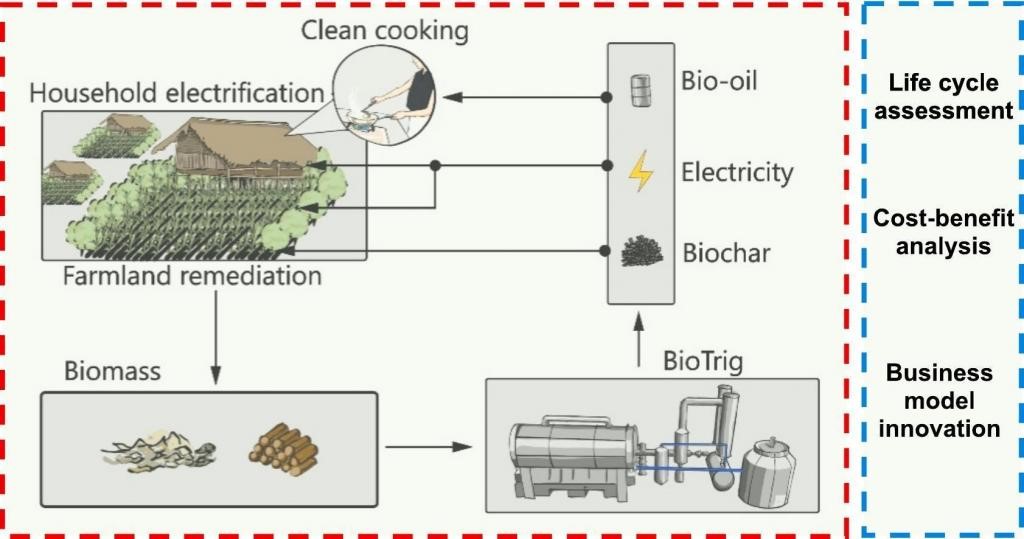Free Courses Sale ends Soon, Get It Now


Free Courses Sale ends Soon, Get It Now



Disclaimer: Copyright infringement not intended.
Context
Details
Pyrolysis
The survey
Benefits to rural communities living below the poverty line (BPL)
Issue
Addressing the issue
Two novel business models could lead to widespread adoption of the BioTRIG system.
Conclusion
Breaking down the climate, health and agriculture impacts along with the economic potential in the same paper will help make BioTRIG a project that governments, funders and NGOs will take a close look at to evaluate the benefits it could bring to the half-billion people living across rural India.
|
PRACTICE QUESTIONS Waste to energy is a key component of waste management. Discus 150 words |
© 2024 iasgyan. All right reserved